
After the expiry of the patent, there was an intense competitive battle on the ultramarine market. From 1861 Carl Leverkus built a new factory between the villages of Wiesdorf am Rhein and Mülheim by Cologne for financial reasons. It opened in the spring of 1862. Leverkus employed 78 workers. Many of them moved from Wermelskirchen to the Rhine and lived next door to the factory buildings in workers housing made up of more than 30 flats. He named the workers settlement Leverkusen after his family name. With the price battle on the ultramarine market, Leverkus applied for the concession for a second factory that produced alizarin dye from 1874.
Carl Leverkus married Juliane Auguste Küpper from Wermelskirchen in 1838. The couple had eleven children. Three of the four sons became shareholders in the company from 1869 to 1874.
Carl Leverkus died on 1 February 1889 in 'his' Leverkusen and was buried Wermelskirchen.

A year after the opening of the Leverkus factory on the Rhine, the public trading company 'Friedr. Bayer et comp.' was founded on 1 August 1863 in Barmen – now a district of Wuppertal – by the paint merchant Friedrich Bayer and the dye producer Johann Friedrich Weskott. The aim of the company was to produce and sell synthetic dyes. New inventions such as the synthesis of the red dye alizarin and the great demand for tar dyes led to a boom. The financial basis for the expansion led to the conversion of the firm into a joint-stock company in 1881 as the paint factories of Friedr. Bayer & Co. The considerable growth of the company in the first years is also demonstrated by the number of employees which grew from three in 1863 to over 300 in 1881.
From 1881, Bayer developed into an international chemical company. Dyes remained the biggest part of the business but other business fields were added. The main significance for the further development of the company was the establishment of effective research by Carl Duisberg. In Wuppertal-Elberfeld – from 1878 to 1912 also the company HQ – a scientific laboratory was set up to establish industrial research standards. The results of the Bayer research covered countless intermediate goods, dyes and medicines, which included the pharmaceutical of the century aspirin developed by Felix Hoffmann and introduced to the market in 1899.
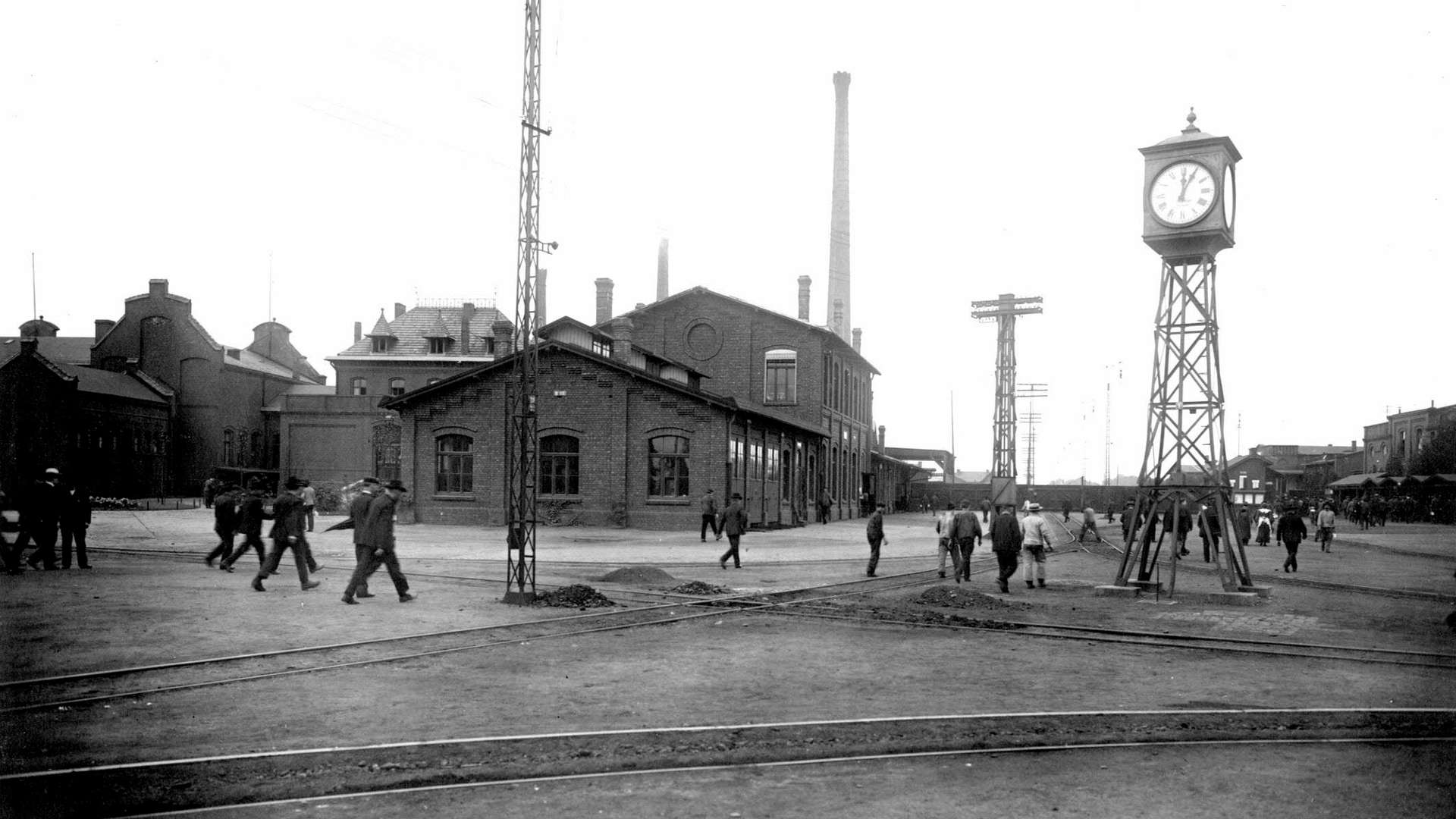

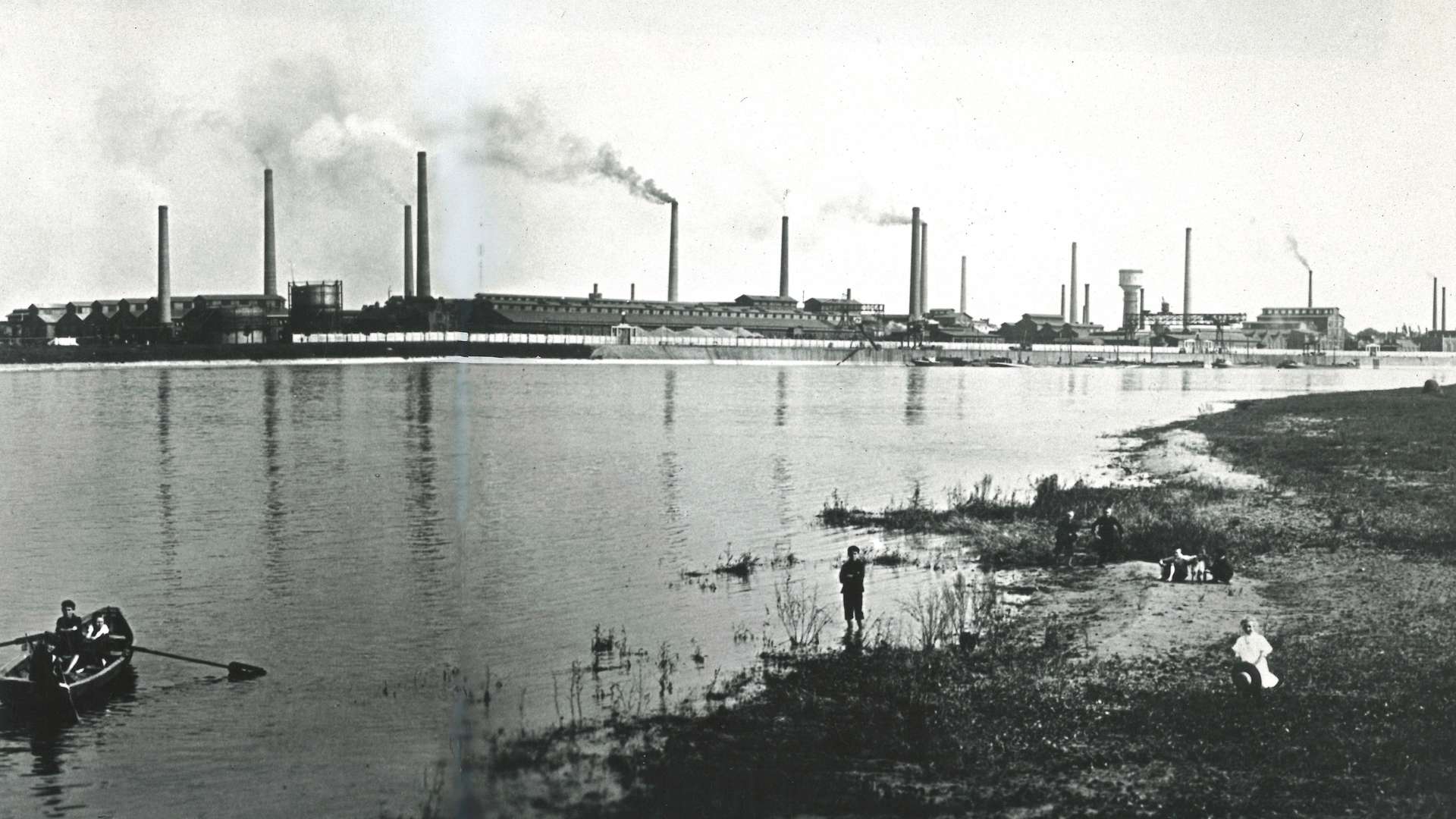

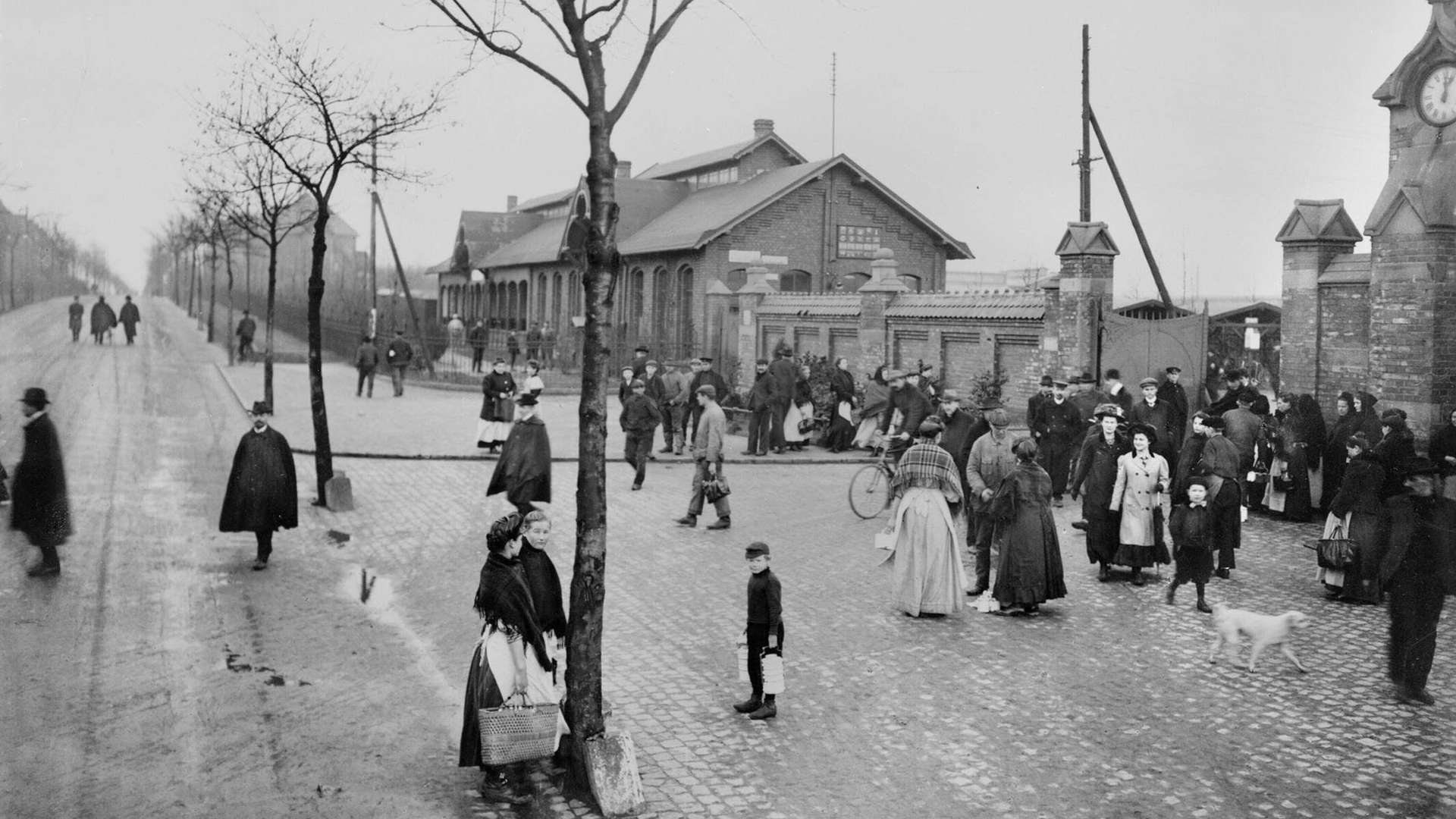
The site of Elberfeld proved to be too small. For that reason, Bayer first bought the alizarin factory of Dr Carl Leverkus & Söhne north of Cologne in 1891 and later additional land on the Rhine. Up to 1924, the dyestuff factories gradually not only took over more land from the Leverkus family for the establishment of factories, the villas of the factory owners and workers housing but also produced the name of Leverkusen. In accordance with plans made by Duisberg, who was the general director of the company from 1912 to 1925, Bayer systematically expanded this site from 1895. Leverkusen became the company HQ in 1912.
In the 1890s the fishing and farming village of Wiesdorf was unable to house the workers and directors of the Elberfeld factory so they had to make a daily pilgrimage by train and horse-drawn carriages in the first few years from Elberfeld to the factories in Leverkusen as the company was now called. Only as the board starts to build the first housing estates around Wiesdorf, the employees at the dyestuff factories gradually move from Wuppertal with 20,000 inhabitants, to Wiesdorf on the Rhine, a village with a population of around 2,000. The people from Wuppertal very quickly miss their cultural entertainment such as theatre and orchestral performances as well as sporting activities that the clubs provide of an evening. In February 1903, the two employees Wilhelm Hauschild, a long-standing official of the Wuppertal gymnastics club and August Kuhlmann, head of men's gymnastics at the Sonnborn gymnastics club approach the management of the factory and office staff of Bayer AG and asked for support in establishing a works gymnastics club. This approach was approved in a letter from November 1903. Six months later, 120 years ago on 1 July 1904, the gymnastics and sports club of the dyestuff factories of Friedrich Bayer & Co. in Leverkusen is formed. This club has been writing history ever since.
Related News

Birthday boy of the month 1: Peter Zanter turns 60
Peter Zanter was born on 11 November 1965 in Wermelskirchen in the Rhineland. His passion for football was evident from an early age: As a child, he played enthusiastically for the youth teams at SV Dabringhausen and SV Wermelskirchen. His ability and discipline did not go undetected for long - and he joined the youth section at Bayer 04 at a young age.
Show more
Birthday boy of the month 2: Boris Zivkovic turns 50
Boris Zivkovic was born on 15 November 1975 in the Bosnian town of Zivinice, which is now part of Bosnia and Herzegovina. He played for FK Sarajevo at a young age. However, his youth was characterised by the turmoil of the wars in the former Yugoslavia. At the age of just 17, he was also called up and took part in the fighting - a fate shared by many young men of his generation.
Show more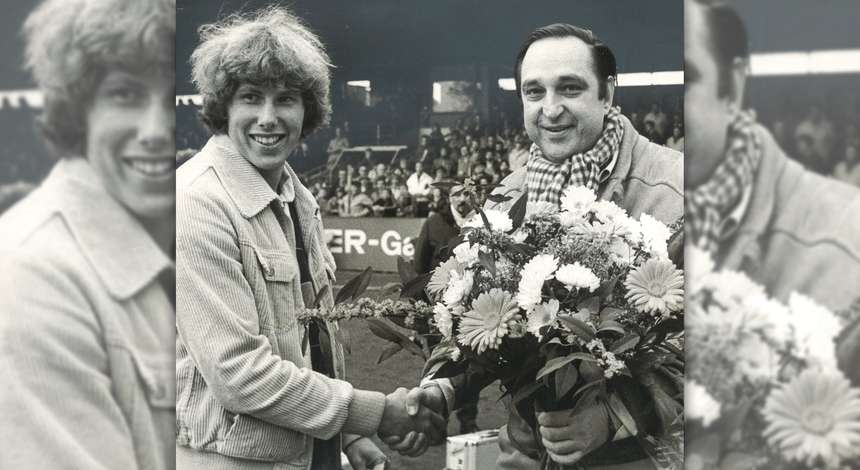
Legends: Under the Cross for 44 years
For once, this is going to be about me. About my path into football, my years as a goalkeeper at Bayer 04 and my ‘career after my career’ at this great club. So, come with me on a little journey through time...
Show more
Match of the month: 40 years ago - Bayer 04 hit the jackpot
It is 1 November 1985, a Friday evening, floodlights on. The leaders Werder Bremen with their coach Otto Rehhagel come to the Ulrich Haberland Stadium. 15,000 spectators want to watch this top match, as the Werkself, with their new coach Erich Ribbeck, are in fourth place in the table, just five points behind the leaders.
Show more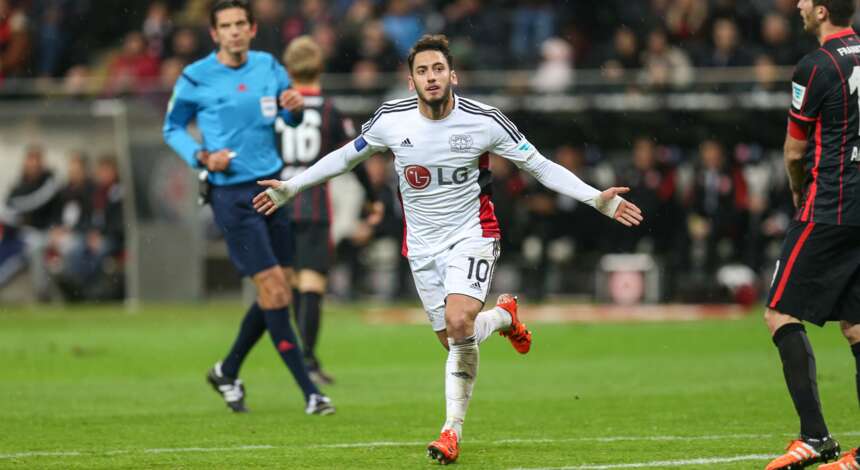
Goals of the month: From Demuth to Calhanoglu
In the video you can see impressive and important goals in Bayer 04 history from the month of November. It's not always about the beauty of the goals, but also a reminder of special games and players.
Show more